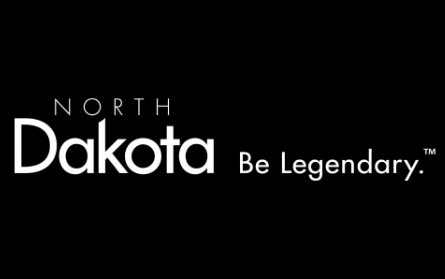North Dakota Mechanic’s Lien and Bond Claim Rights
“North Dakota. Be Legendary.” This might be my all-time favorite state slogan. It’s… well, it’s legendary! And although you may not know it yet, recovering funds through mechanic’s liens and bond claims is also legendary. Let’s check out North Dakota mechanic’s lien and bond claim rights.
North Dakota Mechanic’s Lien (N.D. Cent. Code 35-27)
If you are furnishing to a private project, you should protect your mechanic’s lien rights. North Dakota statute doesn’t require a preliminary notice; though, we recommend serving a non-statutory notice to let others know you are furnishing to the project and expect to be paid.
The lien is actually a two-part process. First, you should serve a notice of intent upon the owner at least 10 days prior to filing the lien. Then, you should file your lien within 90 days from last furnishing.
North Dakota is a bit unique, because you might be able to file a late lien (after the 90 day deadline but within 3 years from your first furnishing); however, the lien will be limited to the unpaid portion of the owner’s contract and will not be effective as to bona fide purchasers.
35-27-14. A failure to file within ninety days does not defeat the lien except as against purchasers or encumbrancers in good faith and for value whose rights accrue before the lien is filed, and as against the owner to the extent of the amount paid to a contractor before the recording of the lien. A lien may not be filed more than three years after the date of the first item of material is furnished.
Speaking of the lien being “limited to the unpaid portion of the owner’s contract,” North Dakota is an unpaid balance lien state.
35-27-02. Any person that improves real estate, whether under contract with the owner of such real estate or under contract with any agent, trustee, contractor, or subcontractor of the owner, has a lien upon the improvement and upon the land on which the improvement is situated or to which the improvement may be removed for the price or value of such contribution. Provided, however, that the amount of the lien is only for the difference between the price paid by the owner or agent and the price or value of the contribution. If the owner or agent has paid the full price or value of the contribution, no lien is allowed. Provided further that if the owner or an agent of the owner has received a waiver of lien signed by the person that improves the real estate, a lien is not allowed.
If you need to file suit to enforce your mechanic’s lien, you should serve notice upon the owner prior to filing suit. If you serve this notice via personal service, it should be done at least 10 days prior to filing suit. Serving it via mail? Then you must serve it at least 20 days prior to filing suit. The deadline to file suit is within 3 years from the filing of the lien or within 30 days from receipt of written demand to commence suit.
North Dakota Bond Claim (N.D. Cent. Code 48-01.2)
If you are furnishing to a public project, you should protect your bond claim rights (remember, you can’t file a mechanic’s lien against publicly owned property). Generally, payment bonds are required for general contracts exceeding $200,000. As a best practice, request a copy of the payment bond up front. Once you have a copy of the bond, carefully review the bond to ensure you are covered.
48-01.2-10. 1. Unless otherwise provided under this chapter, a governing body authorized to enter a contract for the construction of a public improvement in excess of two hundred thousand dollars shall take from the contractor a bond before permitting any work to be done on the contract. The bond must be for an amount equal at least to the price stated in the contract. The bond must be conditioned to be void if the contractor and all subcontractors fully perform all terms, conditions, and provisions of the contract and pay all bills or claims on account of labor performed and any supplies, and materials furnished and used in the performance of the contract, including all demands of subcontractors. The requirement that bills and claims be paid must include the requirement that interest of the amount authorized under section 13-01-14 be paid on bills and claims not paid within ninety days. The bond is security for all bills, claims, and demands until fully paid, with preference to labor and material suppliers as to payment. The bond must run to the governing body, but any person having a lawful claim against the contractor or any subcontractor may sue on the bond.
Much like private projects, there is no required preliminary notice; serving a non-statutory notice is recommended. If you need to make a claim against the payment bond, you should serve your bond claim upon the prime contractor within 90 days from your last furnishing. Suit to enforce the bond claim should be filed after 90 days from last furnishing, but within 1 year from completion and acceptance of the project.
What if a payment bond wasn’t required? It’s possible the owner won’t require the contractor to obtain a payment bond. If there is no bond, and it’s a public project, you would pursue your customer directly to recover funds owed. Sometimes this is referred to as “suit against the debtor.”
Need help with your North Dakota mechanic’s lien and bond claim rights? Contact us today!


